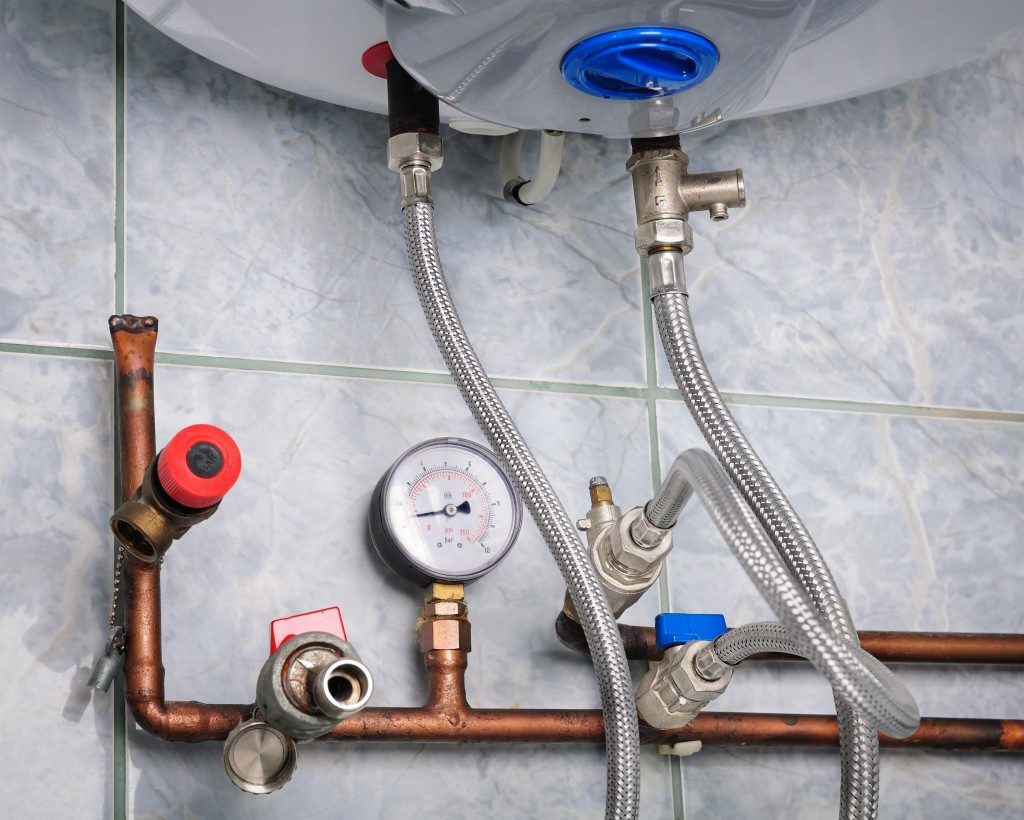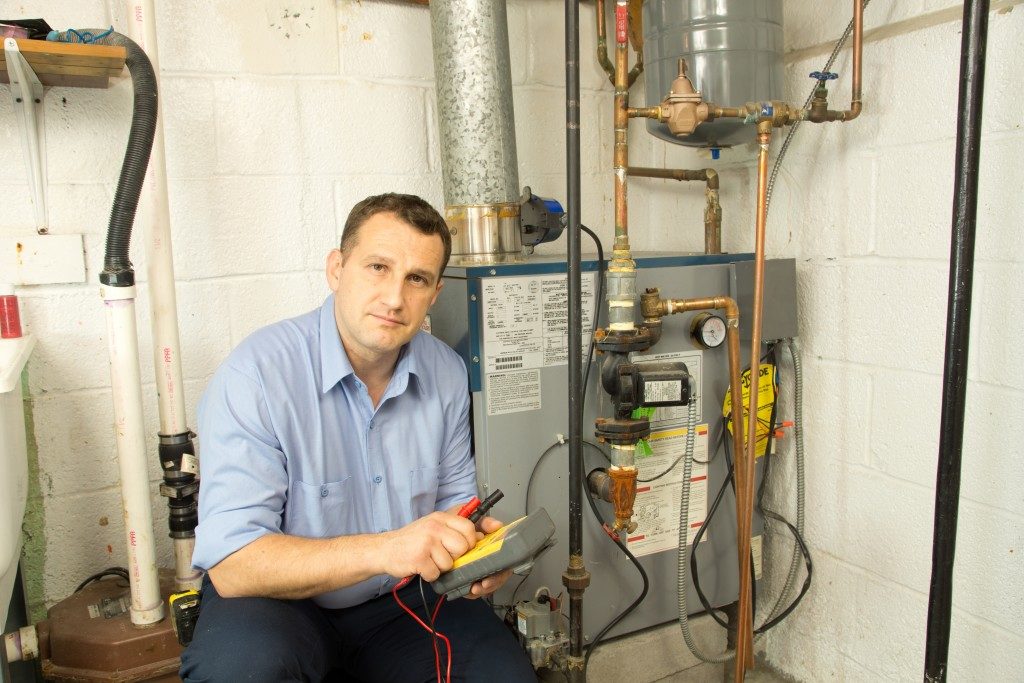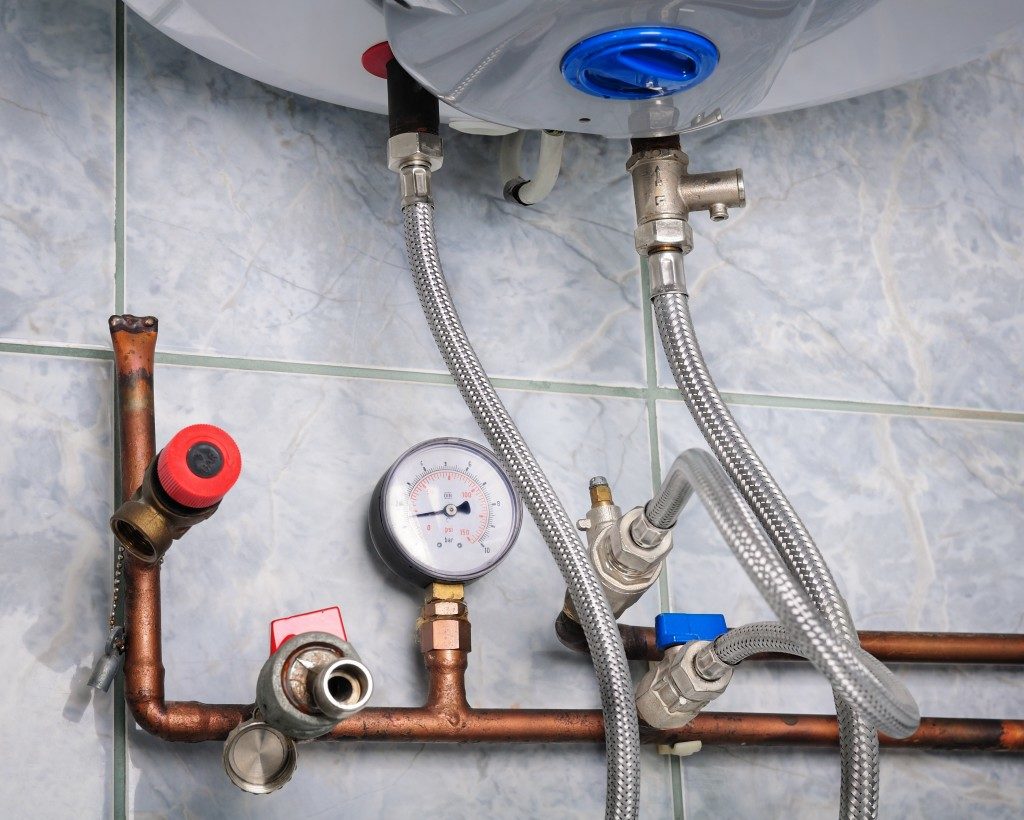
Clogged and stinking drains are unfortunately too common an occurrence in many commercial and residential properties. Though there are many ways of minimising their occurrence, you cannot completely avoid a blocked drain which in turn causes a foul smell that wafts through your interiors.
For most people, their first instinct is to pour a mixture of store-bought and homemade solutions down the drain and use various instruments to rectify the block. These measures will, however, corrode your pipes and weaken them causing them to burst when water pressure is too high.
Drainage contractors in Coventry will, however, look at the drainage system as a whole before recommending the best solution to unblock them and avert their future clogging. Your drainage system comprises pipes, vents, and traps.
P- and S-traps will hold some water in your system and prevent foul smells from wastewater from flowing into your indoors. Vents provide a passageway for air into your drain pipes, which facilitates the smooth flow of water through them. Moreover, they carry odours from wastewater out of the building.
The following are some of the types of vents used in plumbing systems.
True Vents
These are vertical pipes attached to your drains and run to the roof with no water inside them. True vents are generally used for upper floors on a building since they will require shorter pipe runs which are less prone to damage. They come with caps to prevent the entry of birds and dust, which could hamper the airflow.
Re-Vent Pipes

These are auxiliary vents attached to the end of various drain fixtures or used when the primary vent for your plumbing is broken. They can also be used when the arm of your vent is too long and cannot accommodate structural barriers and corners. There are different local plumbing codes on where a re-vent pipe can be attached and how far it can travel.
Loop Vent
This is installed under kitchen islands where a conventional vent cannot suffice. The vent generally works well with low volume fixtures and will not extend into the open air or tie onto main vents.
The volume of air contained inside a loop vent regulates water flow and negates the risk of foul smells into your interiors. As such, it is sometimes called a barometric vent.
Wet Vent
Unlike other vent options, a wet vent carries water and air. It is generally used for basements where it can vent both the toilet and bathroom. Although they are efficient and handy, wet vents are low volume vents since their space is shared by air and water and you can hence not vent many plumbing fixtures.
In some cases, issues with the above vents are the ones responsible for your drains’ blocking. No amount of plunging and chemicals can hence unclog your drains. This is because the issue causing your drain’s block, in this case, is a negative pressure which interrupts the water flow in your drain pipes.
In some cases, the vent pipes might be the ones which are blocked. Professional drain snaking will be the ideal solution, in both cases to diagnose the issue and rectify it.


